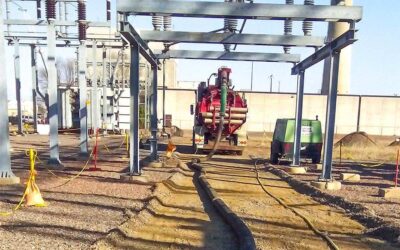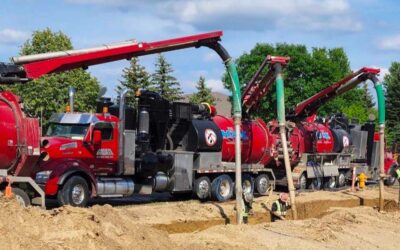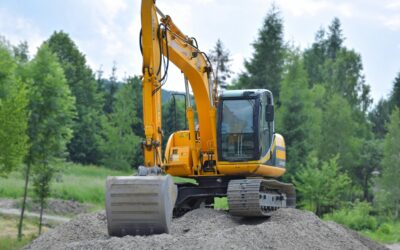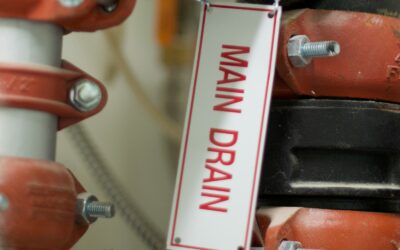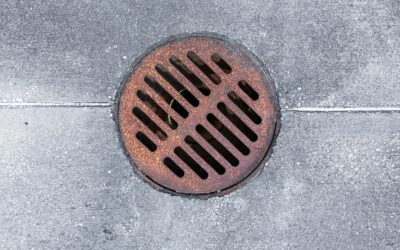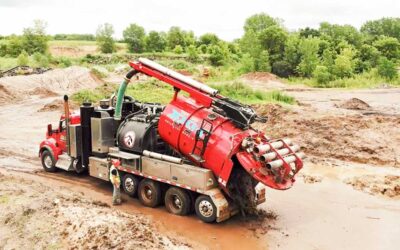What is Utility Potholing and Which Method is Best?
Utilities. They’re everywhere, enabling and protecting our comfortable, modern lives. Unfortunately, ‘everywhere’ sometimes includes places and depths we don’t expect. It’s a risk all seasoned excavators know well.
No matter how much care is taken, the information used to mark and plan for utilities isn’t always accurate. All it takes is a few inches of error, one unlucky strike with the excavator bucket, and there goes both the project timeline and budget. In the worst scenarios, crew safety and even neighborhood safety can be at risk, too.
What is Potholing in Construction (Utility Potholing)?
Utility potholing was invented with the hope of making this potent risk of utility damage a relic of the past. Now, thanks to utility-safe excavation methods like hydrovac, that hope is turning into a reality.
What is Utility Potholing Used For?
Utility potholing is an excavation method for revealing buried utilities. It gives crews clear, accurate data about the depth and orientation of these lines. Once identified, plans can be adjusted as needed to ensure new construction will not interfere with existing structures.
How is Utility Potholing Done?
The simple process involves excavating one or more relatively small-diameter holes, typically with either an air vacuum excavator or a hydrovac excavator. You can read more about the differences in these two methods in our blog post: Hydro Vacuum Vs. Air Vacuum Excavation.
What’s the Best Method for Utility Potholing?
The most popular choice for utility potholing is hydrovac excavation. The main advantages of this method are:
- Hydrovac is effective at removing most soil types.
- Hydrovac will not damage buried utilities.
- Hydrovac excavation can be completed quickly.
It’s also worth noting that a hydrovac excavation truck can complete almost any utility potholing job in a single go. This means no time is wasted waiting for debris to be dumped or the water tank to be refilled.
But what about air vacuum excavation? This method can also be used effectively for potholing. However, it is generally a bit slower than hydro excavation. Air vacuum excavation will also struggle with soils that are hardened, compacted, or sticky.
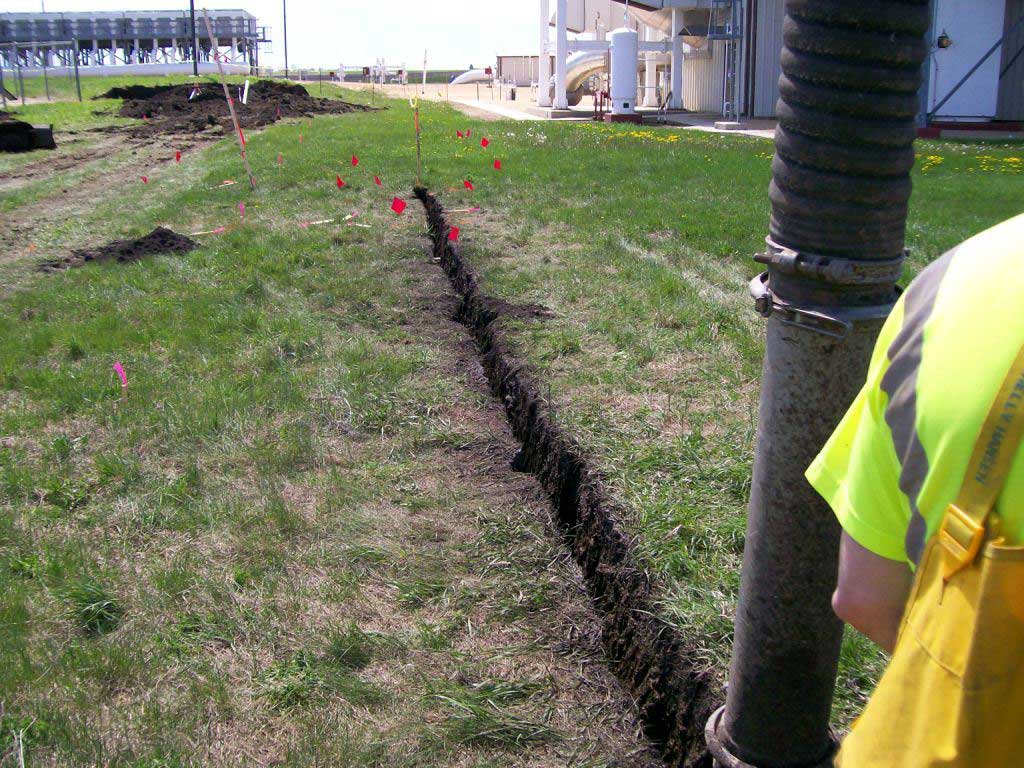
Utility Potholing Helps Protect Your Project
If you’re still skeptical, asking yourself, “What is potholing for utilities really going to do for me and my project?”, let’s consider the bottom line – money.
Utility potholing is a smart business decision, largely because it eliminates the risk of fines and repair costs for utility damage. Each state has different regulations, but let’s look at Minnesota as an example. Say you did your due diligence and had the known utilities at your site marked. You also thought you had calculated the tolerance zone correctly. But it turns out the recorded depth and the actual depth of the utilities was off. Your equipment ends up striking both a water pipe and a fiber line that were shallower than expected.
In this scenario, you could be on the hook for up to $1000 per violation, per day, with no telling how long the utility companies will take to get to repairs. One week? That’s $14,000. Three weeks? That’s $42,000, all while your project remains entirely or partially on hold.
Utility potholing in construction is an affordable, quick solution for preventing these kinds of expensive disasters, full stop.
Contact the Midwest Utility Potholing Experts
Goliath Hydro-Vac has been serving the Midwest’s hydrovac needs for decades, and we’re pros at potholing. Whether it’s a single test, ten, a hundred, or more, we’ll get you the utility data you need quickly and safely. To get a quote for your next project, reach out to us today.
RELATED POSTS
Hydrovac Excavation In The Winter: Cold Weather Digging
Do you believe that excavating in winter is more difficult, more expensive, and more time consuming? Is it...
How Deep Can You Hydrovac Excavate?
Hydrovac excavators come in many forms and are often custom-built for the companies ordering them. This means...
Hydro Vacuum vs Air Vacuum Excavation: Pros & Cons
At first glance, hydro vacuum excavation and air vacuum excavation are confusingly similar. After all, their...
Hydrovac Excavation 101: Everything You Need to Know
Hydrovac excavation has been around, in one form or another, for decades now. However, a lot of professionals...
Hydrovac Excavation vs. Traditional Excavator: Which Method Is Better?
On the surface, excavation couldn’t be simpler. Just…remove the dirt. However, the choice of excavation method...
Choosing the Right Industrial Sewer Maintenance Services
The maintenance of industrial sewer systems is a critical aspect of ensuring the smooth operation of any...
How to Prevent Industrial Sewer Blockages
Industrial sewer blockages are not just a minor inconvenience; they can be a major hazard with significant...
Importance of Regular Sewer Inspections
Industrial sewer inspections are a critical component of maintaining a facility's infrastructure. These...
Essential Industrial Sewer Maintenance Tips
Industrial sewer maintenance is a critical aspect of maintaining the efficiency and safety of any facility....
Benefits of Industrial Cleaning
Industrial Cleaning Benefits Keeping a clean and secure environment goes beyond mere appearance; it's a vital...



